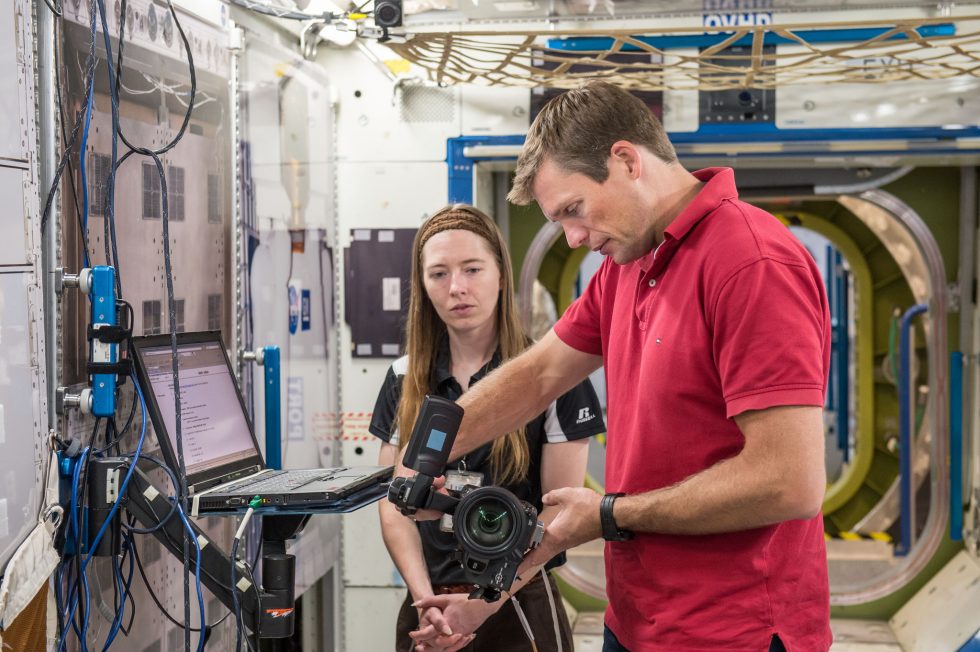Fortunately for scientists interested in these storms, the International Space Station offers an excellent vantage point at an altitude of about 400km. So Danish researchers devised a "Thor experiment"—named after the hammer-wielding Norse God—to study the phenomenon. As part of the experiment, an astronaut on board the station would image thunderstorms under certain conditions, and these observations would be correlated with data collected by satellites and ground-based radar and lightning detection systems.
It may sound easy to catch a few quick snaps of electrical storms, but given the station's movement at 28,000km/hour and ephemeral nature of these events, it's actually quite difficult. Sprites and other features got their otherworldy names precisely because they are so shortlived, lasting on the order of 20 milliseconds.
When Danish astronaut Andreas Mogensen spent 10 days on the station in September 2015 as part of ESA-Roscosmos contract that designated him a visiting crewmember, one of his primary tasks was to complete the Thor experiment. Perched in the station's cupola, with a Nikon D4 set at 6400 ISO and recording 24 frames per second, Mogensen readied himself to capture images at locations where forecasters predicted thunderstorm activity would occur below.

Mogensen succeeded. As the station passed over the Bay of Bengal, between India and Myanmar, Mogensen shot a 160-second video of the cloud turret of a storm that had 245 blue flashes. Meanwhile Doppler radar at a station in Machlipatnam, India, and elsewhere tracked the storm from the ground. Scientists recently reported their results in Geophysical Research Letters.
The study observed a majority of discharges between 18km and 40km, or as high as the upper stratosphere, and provided a new perspective on the electrical activity that occurs at the top of tropical thunderstorms, the authors say.
Notably, the discharges appear to play a significant role in the exchange of gases between the troposphere and the stratosphere. Previously scientists had understood that the red color of sprites was caused by nitrogen interacting with electricity in the upper atmosphere, but with the new data they were able to study the discharges, and found they release a comparably large amount of various oxides of nitrogen into the upper atmosphere. "They underscore that thunderstorm discharges directly perturb the chemistry of the stratosphere with possible implications for the Earth's radiation balance," the authors write.
Listing image by ESA/NASA
Quelle: ars TECHNICA
